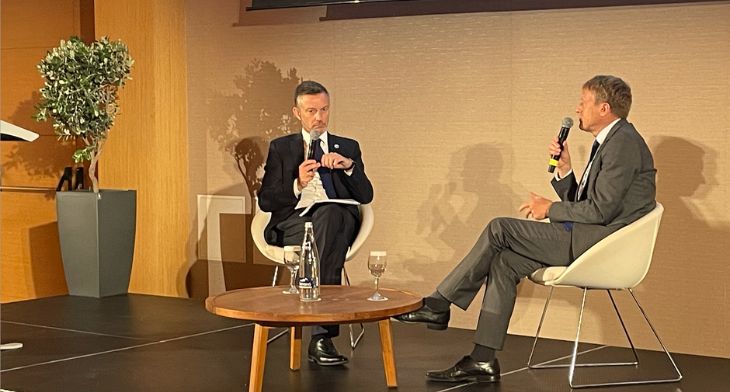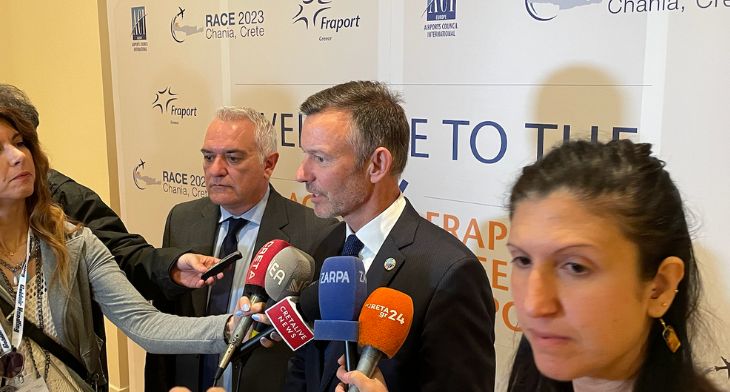


Airports across Europe are witnessing a strong but patchy recovery following the global pandemic, according to ACI Europe’s Director General, Olivier Jankovec.


Still, the outlook remains positive. “Regional airports have systematically outperformed hubs and larger airports in 2021 and 2022,” Jankovec noted as he also commented that regional hubs have recovered more than 90% of pre-pandemic (2019) passenger volumes. “This has been driven by the rise in intra-European connectivity and steady growth in tourism linked markets,” he continued. While leisure and VFR (visiting friends and relatives) traffic is driving this demand, business travel still lags behind in terms of its recovery.
“Airline seat capacity for summer 2023 is getting closer to pre-pandemic figures with small and regional airports coming out on top for where low-fare carriers are deploying their aircraft.” Jankovec also said that US carriers and the North African market are growing capacity into the European market, however carriers from China and the Gulf states are still relatively low compared to pre-pandemic figures in terms of connectivity to Europe.
Bullish approach for summer
While last summer saw airports across Europe face numerous challenges as a result of the skills and staff shortages, airports have stepped up in their preparedness. Measures adopted to avoid the disruptions seen last summer include early planning, massive recruitment drives and salary increases, outreach work to airlines and ANSPs and greater collaboration with ground handlers, police and security authorities and network manager involvement.
For passengers, Jankovec underlined the record increases in airfares, which are currently 26% higher in Europe than last year, will impact demand for air travel and of course geopolitical tensions will continue to disrupt the sector. “That said, we are still expecting a full recovery in air traffic to 2019 levels in 2025.”
Challenges remain along the way, including a lack of skilled staff coming into the sector, ATM capacity, strikes, supply side pressures and geopolitical fragmentation.
“Financial weakness is another big concern with regional airports carrying significant debt loads. Additionally, low-fare carriers are now dictating the fate of regional airports while airport charges are consistently decreasing in real terms.” In real inflation-adjusted terms, airport user charges are now 13.4% lower than in 2019, while airline fares have increased by +26% so far this year. Jankovec also noted the €25 billion investment crunch for airports from 2020 to 2023. Airlines, he said, “need to pay a fairer price for the use of airport facilities.”
Decarbonising operations
Sustainable growth remains a core focus for airports with European airports leading the way on climate action. “Many airports are looking to achieve their net zero targets by 2030 with 207 regional airports already certified on the Airport Carbon Accreditation (ACA) programme.”
While the industry welcomes the EU’s plan for a green transition through its Fit for 55 package, regional connectivity is likely to be impacted the most by this initiative according to ACI Europe as Jankovec explained, “Fit for 55 will impact airfares and therefore demand, so will hit regional connectivity the hardest as it will reduce ultra low-fare airline activity at smaller and regional airports.”
Concluding that no community or region can be left behind as the industry transitions to a net zero future, Jankovec said: “Airports are key elements for European cohesion and in supporting livelihoods. Regional airports account for 35% of Europe’s direct air connectivity… and they provide testbeds for next-generation technologies which will focus initially on short-haul and regional connectivity. These hubs must be protected.”






